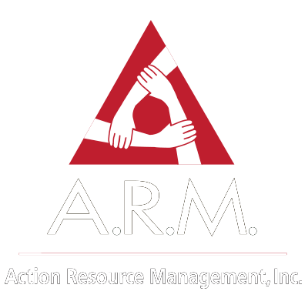Identifying and Preventing Risks to Ensure Workplace Safety
Common Forklift Hazards — Forklifts are essential tools in many industries, from warehouses to construction sites. However, their operation comes with significant risks. Understanding these hazards is crucial for maintaining a safe work environment. Here are some of the most common forklift hazards and how to avoid them.
Overloading
 Hazard: Exceeding the forklift’s load capacity can cause the vehicle to become unstable and tip over.
Hazard: Exceeding the forklift’s load capacity can cause the vehicle to become unstable and tip over.
Prevention: Always adhere to the load capacity guidelines and ensure loads are evenly distributed.
Poor Visibility
Hazard: Operating a forklift with an obstructed view can lead to collisions with objects or people.
Prevention: Ensure the operator has a clear line of sight. Use spotters if necessary and install mirrors to improve visibility.
Improper Maintenance
 Hazard: Neglecting regular maintenance can lead to mechanical failures and accidents.
Hazard: Neglecting regular maintenance can lead to mechanical failures and accidents.
Prevention: Conduct daily inspections and schedule regular maintenance checks to keep the forklift in optimal condition.
Speeding
Hazard: Driving too fast can result in loss of control, especially when turning or carrying heavy loads.
Prevention: Enforce speed limits and train operators on the importance of maintaining safe speeds.
Unsecured Loads
Hazard: Loads that are not properly secured can shift or fall, causing injuries or damage.
Prevention: Use straps or other securing methods to ensure loads are stable before moving.
Pedestrian Safety
 Hazard: Forklifts operating in areas with pedestrian traffic pose a significant risk of accidents.
Hazard: Forklifts operating in areas with pedestrian traffic pose a significant risk of accidents.
Prevention: Designate separate pathways for forklifts and pedestrians, and use warning signs and signals to alert both parties.
Blind Spots
Hazard: Blind spots can prevent the operator from seeing obstacles or people in the forklift’s path.
Prevention: Train operators to be aware of blind spots and use mirrors or cameras to enhance visibility.
Improper Use
Hazard: Misusing forklifts, such as racing or taking sharp turns, can lead to severe accidents.
Prevention: Ensure all operators are properly trained and certified, and enforce strict usage guidelines.
Docks and Ramps
 Hazard: Operating forklifts on docks and ramps can be particularly dangerous due to the risk of tipping over.
Hazard: Operating forklifts on docks and ramps can be particularly dangerous due to the risk of tipping over.
Prevention: Use caution when driving on inclines and ensure the surface is stable and free of obstructions.
Fueling Hazards
Hazard: Improper fueling can lead to fires or explosions.
Prevention: Follow proper fueling procedures and ensure the fueling area is well-ventilated and free of ignition sources.
Conclusion
By understanding and addressing these common forklift hazards, you can create a safer work environment and reduce the risk of accidents. Regular training, maintenance, and adherence to safety protocols are key to preventing forklift-related incidents.
Click to learn more about this topic on the Occupational Safety and Health Administration (OSHA) page on forklift hazards and safety.
Find out how A.R.M. can help you or your business.
